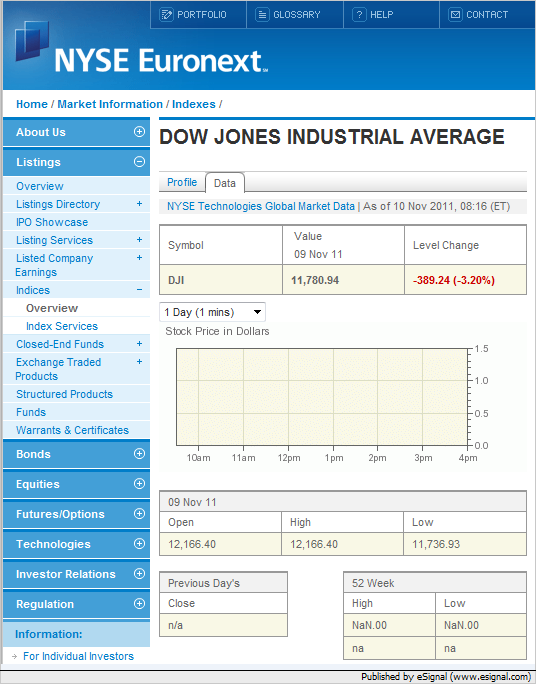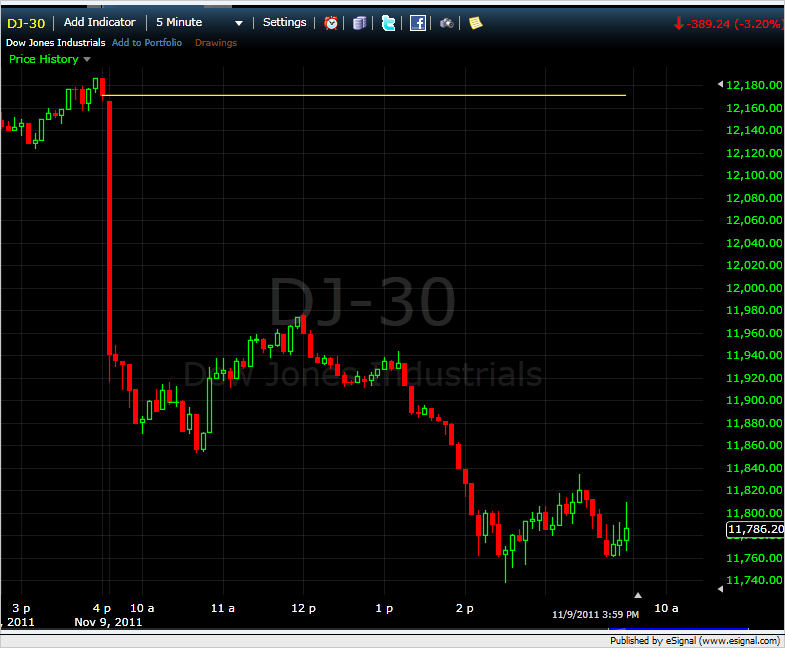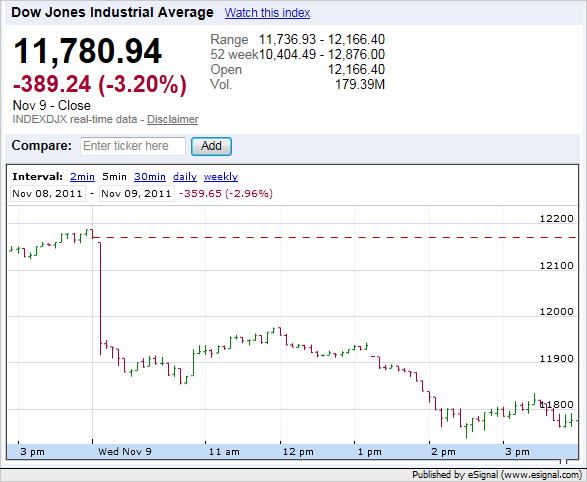Hello
In my intraday US index charts, I have always an incorrect opening bar. This bar actually closes the gap between the last session close and the current session opening. Since this move does not happen in reality, I would highly prefer to look at the true picture without having falsy closed gaps.
What can I do to correct this, please.
A picture with an example of yesterday is attached.
Thank you
In my intraday US index charts, I have always an incorrect opening bar. This bar actually closes the gap between the last session close and the current session opening. Since this move does not happen in reality, I would highly prefer to look at the true picture without having falsy closed gaps.
What can I do to correct this, please.
A picture with an example of yesterday is attached.
Thank you




Comment